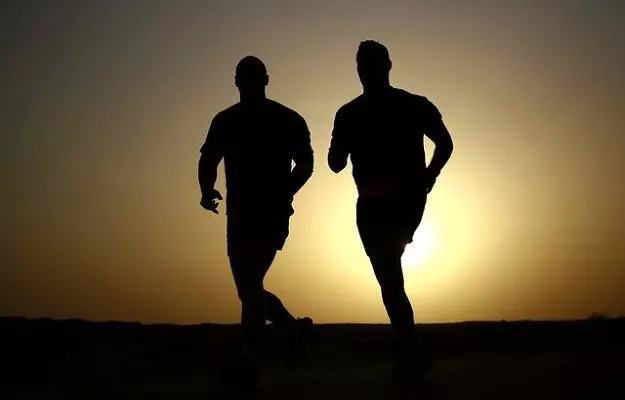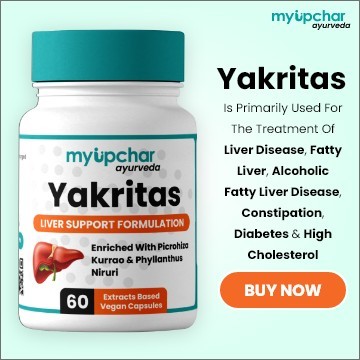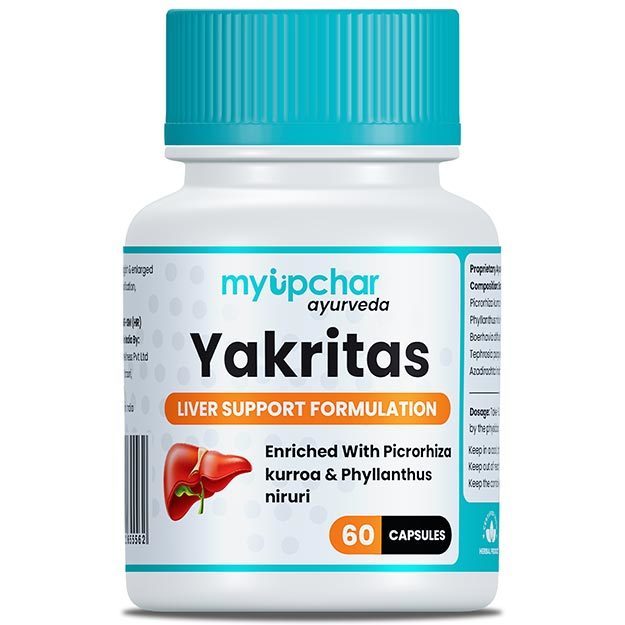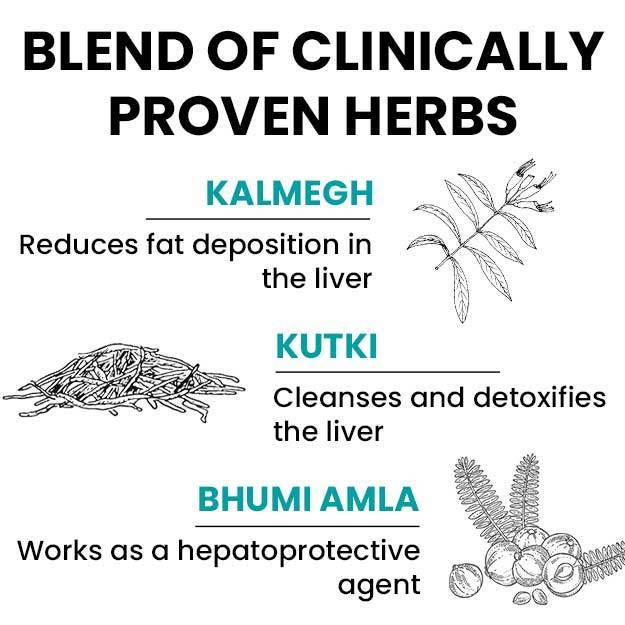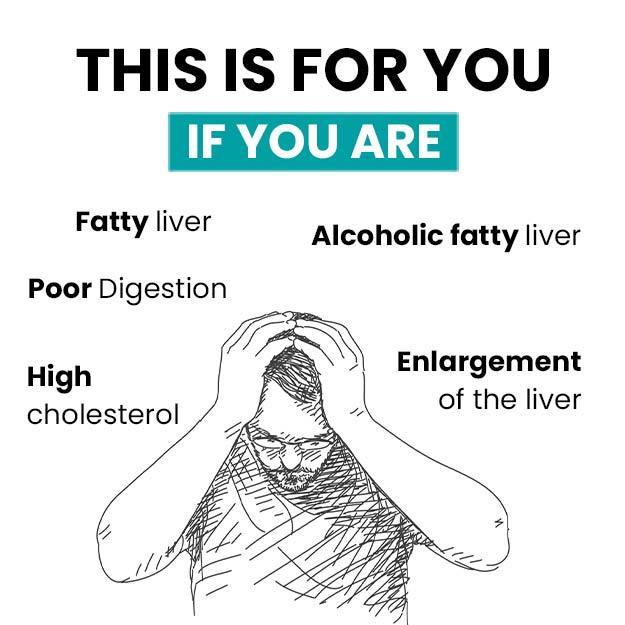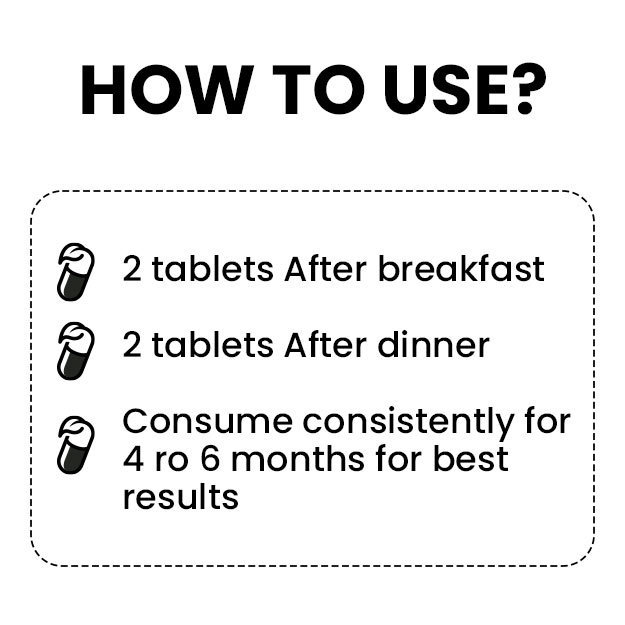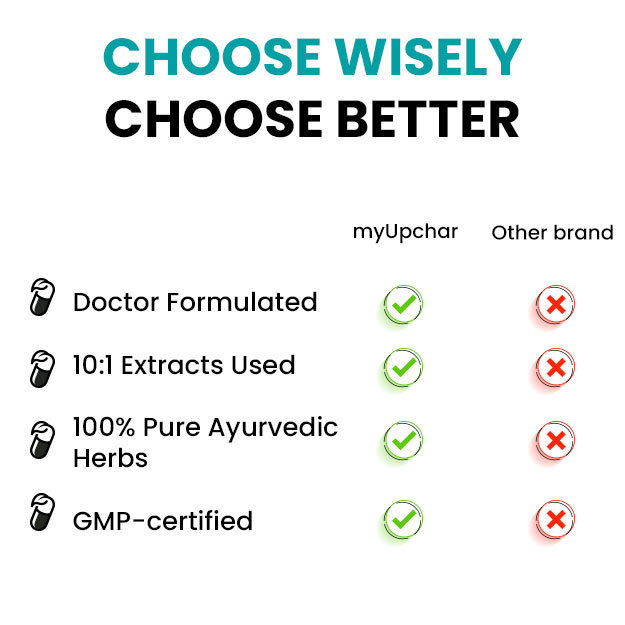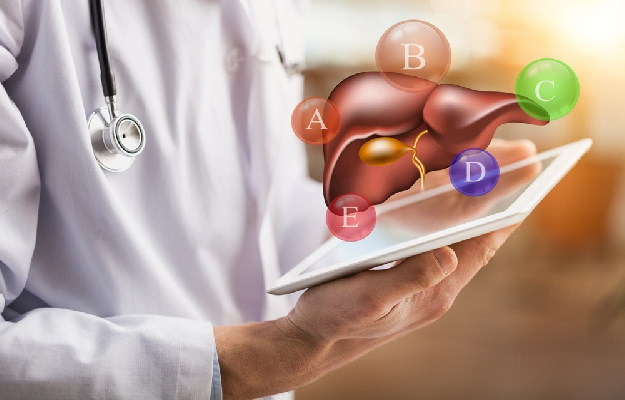The largest gland in the human body, the liver plays a vital role in digestion, metabolism and disposing of harmful or toxic substances from the body. But modern lifestyles - with irregular eating habits, higher consumption of junk food and rising alcohol consumption - have led to a rise in the number of people living with liver ailments globally.
World Health Organization data show that in 2017, liver disease was the 10th leading cause of all deaths in India. And one in five Indians has a liver problem today.
Globally, too, there has been a spurt in non-alcoholic fatty liver disease: a study published in the United European Gastroenterology Journal said that about 75% of obese individuals have fatty liver, which is one of the causes of liver problems.
Liver diseases like fatty liver and hepatitis affect people in different ways. While there are a variety of medical treatments available for the different types of liver diseases, medical professionals always advise living a healthier lifestyle that includes regular exercise to prevent and manage symptoms.
Exercising with an ongoing illness is never easy, but the overall benefits of physical activity, when done with all the precautions and with the help of a trained therapist, far outweigh the burdens or drawbacks. Exercises may be easier for a healthy individual to commence, a person suffering from liver disease can also perform a collection of exercises, at a lower intensity.
Read more: Foods to improve liver health

